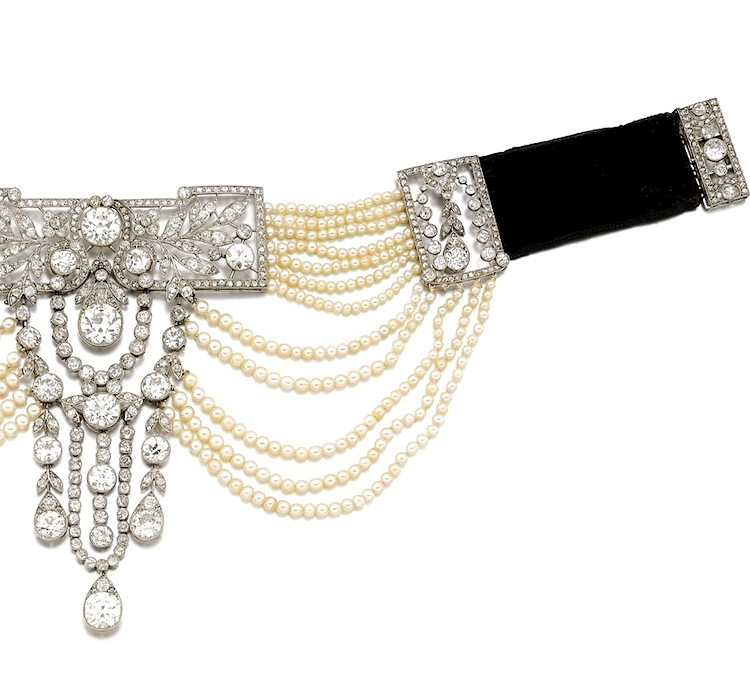 |
| Il pergolato, 1868. |
 |
| La curiosità, circa 1866. |
 |
| La passeggiata in giardino, circa 1864-68. |
 |
| Le bambine che fanno le signore, 1872. |
 |
| Due bambine che fanno le signore - Divertimento infantile, circa 1865. An earlier version of the previous painting. |
 |
| Tra i fiori del giardino, 1862. |
 |
| Il canto di uno stornello, 1868. |
 |
| L'elemosina, 1864. |
 |
| Signora che cuce, 1872. |
 |
| In giardino, circa 1883. |
 |
| Alla villa di Poggio Piano, 1888-89. This was painted late in the artist's life when his sight was extremely limited. |
 |
| Lettura romantica, circa 1870. |
,%20by%20Silvestro%20Lega.png) |
| La visita, 1868. |
*
Silvestro Lega (8 December 1826, Modigliana – 21 September 1895, Florence), Italian realist painter. He was one of the leading artists of the
Macchiaioli, a group of Florentine artists who were something of a precursor to the French Impressionists. Born into an affluent family, from the age of twelve he attended the Piarist College, where his artistic skill became evident. He later attended the
Accademia di Belle Arti in Florence, the Luigi Mussini’s school, where the teaching emphasized the 15th-century Florentine principles and then, for some years afterwards, he attended the
Scuola del Nudo of the Accademia. In 1852 he won the
Concorso Trienniale dell’Accademia and, the following year, he became a member of the
Accademia degli Incamminati of Modigliana. From 1861 to 1870, he lived with the Batelli family and began a relationship with the elder daughter, Virginia; the children and women of the Batelli family were frequent subjects of his paintings during this happy period of his life. In 1870, he was awarded the silver medal at the National Exposition in Parma. But in that same year, Virginia Batelli died of tuberculosis, while three of his brothers also died at about this time. He then returned to his native town of Modigliana, grieving and experiencing the onset of eye problems; he ceased painting almost entirely for four years between 1874 and 1878. In 1875, he and a partner established a modern art gallery in Florence, but it quickly failed, and Lega's financial problems worsened. He became a frequent guest of the Tommasi family, and a tutor of the sons of the family. Like the Batellis before them, the Tommasis provided the artist with a warm family environment in which he and his art could flourish. By the mid-1880s, he was almost blind. But living in the Tuscan village of Gabbro, a guest of the Bandini family, he still produced many paintings. And he had work included in the Paris
Exposition Universelle of 1889. He died of stomach cancer in Florence at the age of sixty-eight.




















.png)































,%20by%20Silvestro%20Lega.png)



